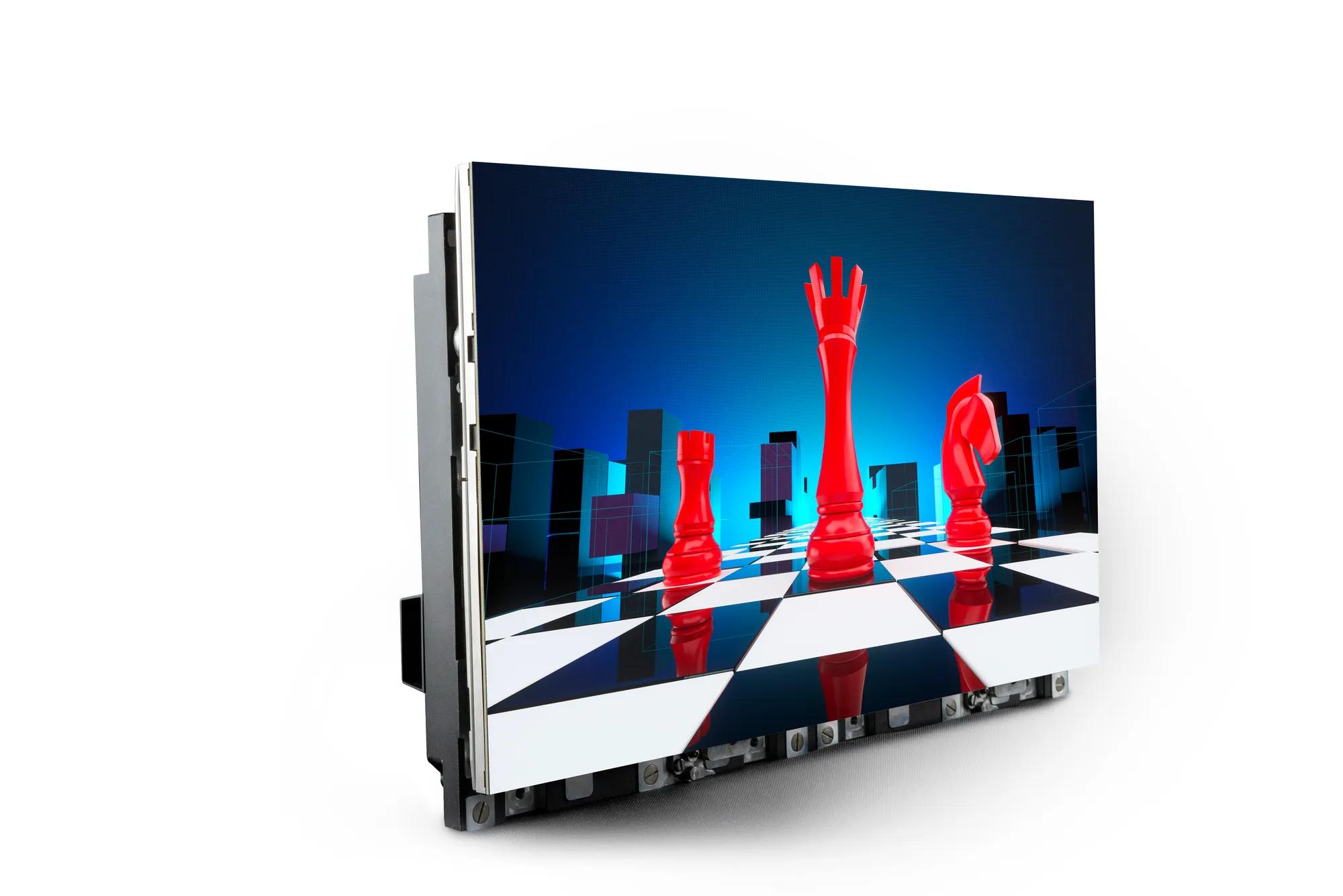Investigating the Essential Factors That Influence Luminance in Light Emitting Diode Display Panels
Investigating the Essential Factors That Influence Luminance in Light Emitting Diode Display Panels
Blog Article
LED panel panels are increasingly popular for both advertising and leisure due to their luminous and vibrant images. Grasping the elements that influence the brightness of these screens is crucial for producers and buyers alike. Luminosity is typically gauged in candelas, which indicates how much illumination is produced from the area of the screen. Numerous key elements contribute to the overall brightness, including the type of LED used, the caliber of the screen materials, and the power supplied to the panel.
The kind of Light Emitting Diode chip used in a wall screen plays a significant role in its luminosity. Different LEDs emit differing levels of light output, which measure the amount of illumination visible to the human eye. High-quality chips, such as those made using advanced technology, can produce more luminous light with higher effectiveness. Furthermore, the color tone of the LED also affects apparent brightness. For instance, colder color tones (higher K values) can appear brighter than hotter ones, even at the same light output rating. This feature is important for applications where clarity is crucial, such as in external advertising.
The substances used in the construction of Light Emitting Diode panel panels also affect their luminosity. The type of foundation and coating materials can affect how much illumination is conducted versus how much is absorbed or dispersed. For example, a panel made with high-quality clear glass will permit more light to flow through than one made with lower-grade materials. Additionally, the design of the screen, including its thickness Get More Info and the arrangement of the Light Emitting Diodes, can enhance or reduce brightness by influencing how light is spread across the screen.
The energy supply provided to the Light Emitting Diode panel panels is another key element in determining luminosity. Each LED component has a specific electric potential and current need for optimal functioning. If the energy supply falls short, the luminosity of the panel will decrease. Conversely, providing too much energy can lead to this website overheating and reduced lifespan of the LEDs. Therefore, maintaining a consistent and adequate energy source is essential for realizing consistent luminosity levels. This is particularly important in dynamic screens, where brightness may need to be modified for varied lighting conditions.
Finally, environmental elements can affect how brightness is perceived. Surrounding light conditions play a significant role in how luminous an LED panel screen appears. In luminous daylight, for example, a panel with a reduced brightness rating may have difficulty to be seen clearly, while a more luminous panel can stand out more efficiently. Additionally, the angle from which the panel is observed can affect luminosity perception due to how light bounces off surfaces. Understanding these elements helps buyers select the appropriate LED panel panel for their requirements and ensures that manufacturers create products that meet luminosity expectations for different applications.
